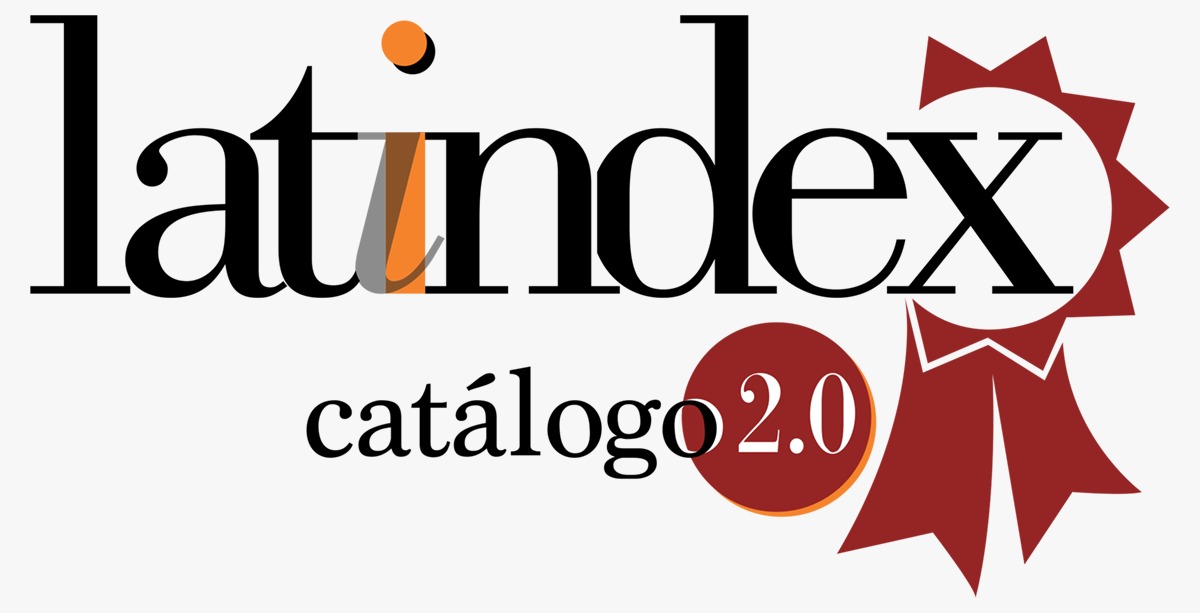Application of the Eclectic Method Lingual audio for teaching – english language learning in general studies students, Senati-sede Pisco
DOI:
https://doi.org/10.47865/igob.vol6.n23.2023.294Keywords:
Audio Lingual Eclectic Method, teaching of English language, academic performanceAbstract
The objective of this research was to demonstrate how the methodology of the English language teacher influences the academic performance of the students of the I semester of the National Service of Training in Industrial Work - SENATI Pisco, with the level in basic English.
It is an applied research, of the quasi-experimental type, at an explanatory and transversal level. For this, we worked with a sample of 48 students from 4 sections of General Studies. The instruments that were used were a pre-test, to know their previous knowledge of the four skills in the English language (listening, speaking, writing and reading).
After a semester of application, a post test was applied for the 48 students who were in the study, an observation form to register the qualitative information, in the achievement of the competence (knowledge, procedures and attitudes).
The results proved that after applying the methodology of the active teacher, he developed the four skills of the English language (listening, speaking, writing and Reading) through the correct use of visual aids, role plays, dialogues, simple readings, verbs in actions, specific grammar, real examples and the various teaching-learning methods, techniques and strategies, to achieve significant learning in the students of the first semester of the National Training Service (SENATI), after the analysis of data interpretation, concludes confirming the general hypothesis that there is a significant influence between the methodology of the teacher of the English language and the academic performance of the English language in the students of the I semester of General Studies.
Downloads
References
Armas Sánchez, E. R. (2019). Métodos de enseñanza del idioma inglés en educación inicial. Universidad Nacional de Tumbes.
Asher, J. (1977). Total Physical Response. Wikipedia.
Barona Oñate, R. V. (2018). The Audiolingual Method in the development of listening comprehension skills of English learners (Master's thesis, Universidad Técnica de Ambato. Dirección de Posgrado. Maestria en la Enseñanza del Idioma Inglés como Lengua Extranjera).
Berlitz, Ch. Y Jespersen O. (1970). Direct Method. Wikipedia.
Brewster, (2008), The Primary English Teacher´s Guide. London: Penguin Teaching Languages.
Briones, (2002), Metodología de la investigación cuantitativa en las ciencias sociales. Bogotá-Colombia
Brown, Collins y Duguid, (1989), Situated Cognition and the Culture of Learning, Educ. Res., 18, No. 1. pp 32-42.
Brown, D. (2001). Process Writing. University of Birmingham
Capella Riera, J. y Sánchez Moreno, G.(1999). Aprendizaje Significativo del idioma inglés. Universidad San Ignacio de Loyola, Lima.
Curran Ch. (1976). Community Language Learning. Wikipedia.
García B. (2000), Políticas educativas sobre nuevas tecnologías en los países iberoamericanos. Revista Iberoamericana de educación. Págs. 19-69
García Cocostegüe, A. (1992). Metodología de la Enseñanza del inglés. Madrid.
Gillian Brown y Georg Yule, (1983), La enseñanza de la lengua hablada, Volumen 2. Cambridge university Press 24 nov-1983-162 páginas.
Hernández Chérrez, E. (2014). B-learning como estrategia metodológica para mejorar el proceso de enseñanza-aprendizaje de los estudiantes de inglés de la modalidad semi-presencial del departamento especializado de idiomas. Universidad Técnica de Ambato.
Hernández Sampieri, R., Fernández, C. y Baptista, P. (2018). Metodología de la investigación (5ª Ed.). México: McGraw Hill Interamericana.
Krashen, S. (1985: 2). Distingue la Adquisición y el aprendizaje de una segunda lengua. Artículos Académicos.
Loyola Cordova, S. S. (2019). La comunicación oral en el idioma inglés: tres preguntas de un maestro. http://hdl.handle.net/20.500.12840/2463 Universidad Peruana Union.
Lozanov, G. (1978). Suggestopedia method. Wikipedia.
Mejía, E.; Barona, R. (2018). El método audio lingüístico en el desarrollo de las habilidades de comprensión auditiva de los estudiantes de inglés. Universidad Técnica de Ambato. Dirección de Posgrado. Maestría en la Enseñanza del Idioma Inglés como Lengua Extranjera.
http://repositorio.uta.edu.ec/jspui/handle/123456789/28358
Piaget, J. (1950). Constructive evolution: origins and development of Piaget´s thought. Wikipedia.
Pineda Portilla, L. V. (2022). Audiolingual method to improve speaking skills in 8th level students at Víctor Manuel Guzmán High School in the academic year 2021-2022 (Bachelor's thesis).
Rivers, W. (1981) In Teaching Foreign Language Teachers is published by University of Chicago Press.
Roth (1998), La lengua española y el sistema lingüístico de Asia-Pacifico. Análisis del Real Instituto Elcano, núm. 2/200.
Shigue Tabango, N. N. (2023). Audio lingual method to improve speaking skills in 8th grade students at Colegio de Bachillerato Universitario UTN, academic period 2022-2023.
http://repositorio.utn.edu.ec/handle/123456789/13990
Slaterry y Willis (2001), English for Primary Teachers. Oxford: Oxford University Press.
Stevick, E. (1974). The Silent Way Method. Wikipedia
Tipismana V. (2014). Practice English Workbooks first, second, third, fourth, fifth and sixth cycle degree and Technical Practice English Workbooks. en INDECOPI Lima-Peru.
Vila (1993), Adquisición del lenguaje. Madrid-Alianza Editorial.
Downloads
Published
How to Cite
Issue
Section
License

This work is licensed under a Creative Commons Attribution-NonCommercial-ShareAlike 4.0 International License.
Esta obra está bajo una licencia internacional Creative Commons Atribución-NoComercial-CompartirIgual 4.0.
















